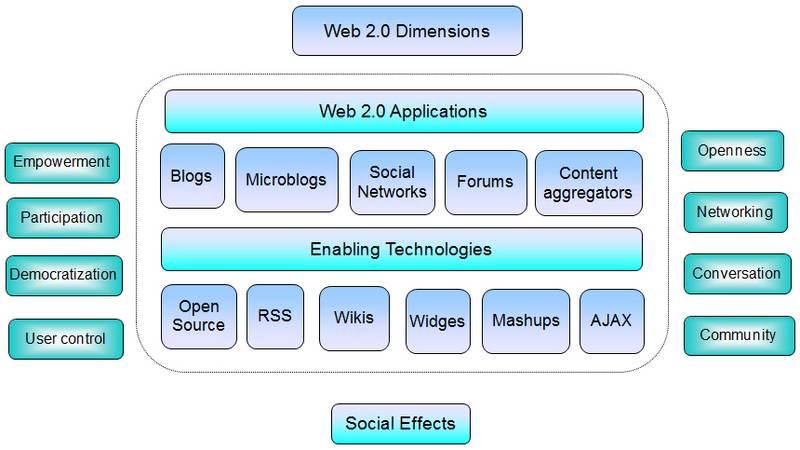Integrated Media Week 2 Flip Lecture
This weeks lecture required us to watch an episode of ABC’s show Four Corners called ‘Generation Like’. The episode can be found here.
How does this documentary alter your understanding of the way you use social media?
I never really thought about the advertising and marketing relationships with Facebook or any other social media site. I guess you could say that that is pretty ignorant of me. I have always been using Facebook as simply a social media site (the intended use) and never really thought beyond the basic interactions I had with the site. In watching the episode of Four Corners, I could relate with the group of teenagers on Facebook.
“The more likes you have the better you feel. Instant gratification. Everyone knows how much you got.”
Getting and giving likes is one of the main actions in Facebook. Its a way of gaining and demonstrating approval. What I did not consider was how these ‘likes’ work on a higher level than just our social interactions. This episode of four corners uncovered how the likes and retweets across all social media is now an invaluable tool for creating a profile of what people are interested in.
“…Facebook, Twitter and Instagram have become the ultimate sampling or marketing tool.”
“There is a huge commercial push to collect as much data as possible.When you hit like. when you retweet , when you make any expression online, you’re creating data. You’re creating a demographic profile of yourself… This is where the currency of likes turns into actual currency.”
Where I have liked the page of a certain band or product on Facebook, companies know how to take that information and ‘turn it into money’. This is a disturbing realisation, as this is information which I have willingly given up, for free, that companies are taking and using to benefit themselves. Whilst liking something seems like a really easy and expense free way of showing my friends what I am interested in, I never considered before watching this documentary, how valuable this information is to other third parties and how it increases the value of the social media platform that is being used.
Companies need us to stay online and like things to provide them with information. We want to go online and like things so that we can promote ourselves and create an image of how we want to be perceived by our friends. Without us, companies don’t receive their information. But it doesn’t look like they will have a shortage any time soon, as there are millions online sharing and liking. It’s a cycle. And knowing that the information I provide is being used to generate money (and I am not being paid), I don’t think it will change my online habits. Up till now I have been sharing my information online, ignorant to how it is being used. But as long as Facebook, Instagram and Twitter provide the services they promise, then I will continue to use them. If companies are creative enough to create online media which inspires or makes me laugh, I will still ‘like’ it.
What connections can you make with the role of a Social Media Producer?
“You are your own media company.”
A Social Media Producer deals with content across all social media platforms. There was a section of the documentary which focused on a company promoting a movie. They wanted the content they produced to gain traction and be popular online which would advertise the movie for them. Where they get paid to do this, we don’t. I share posts, photos, and videos online because they interest me and I like them enough to want to share them with my friends. This isn’t a bad thing.
What ideas does this documentary raise in regards to the event your group is planning and the task of achieving participatory engagement?
The documentary highlighted the importance of networking. In particular, it focused on how YouTubers collaborate with one another to help introduce new talent in the hope of spreading the web of subscribers. If someone who is a ‘millionaire in the currency of likes’ features an up and coming YouTuber, this helps attract an audience without employing the ‘corporate suspects’.
“…tonnes of people are competing for attention, so it’s harder to get”
“…soon all those little likes turned into Youtube gold: corporate sponsorship.”
Online, without connections, everyone is just trying to make something of themselves and step up on the social media ladder. In order to have engagement with our idea and to get attention around it, it really needs to be unique. In needs to be engaging. People need to have that desire to spread it around. Basically, there are millions online, so we need to do something that is hopefully not gonna get lost in the sea of people trying to get everyone else’s attention.
“It’s way easier to get famous by being outrageous.”
That’s not to say that our groups work will attempt to be outrageous, but in order to have people engage with it, it definitely needs to stand out, or we need to have the right people promoting it.
